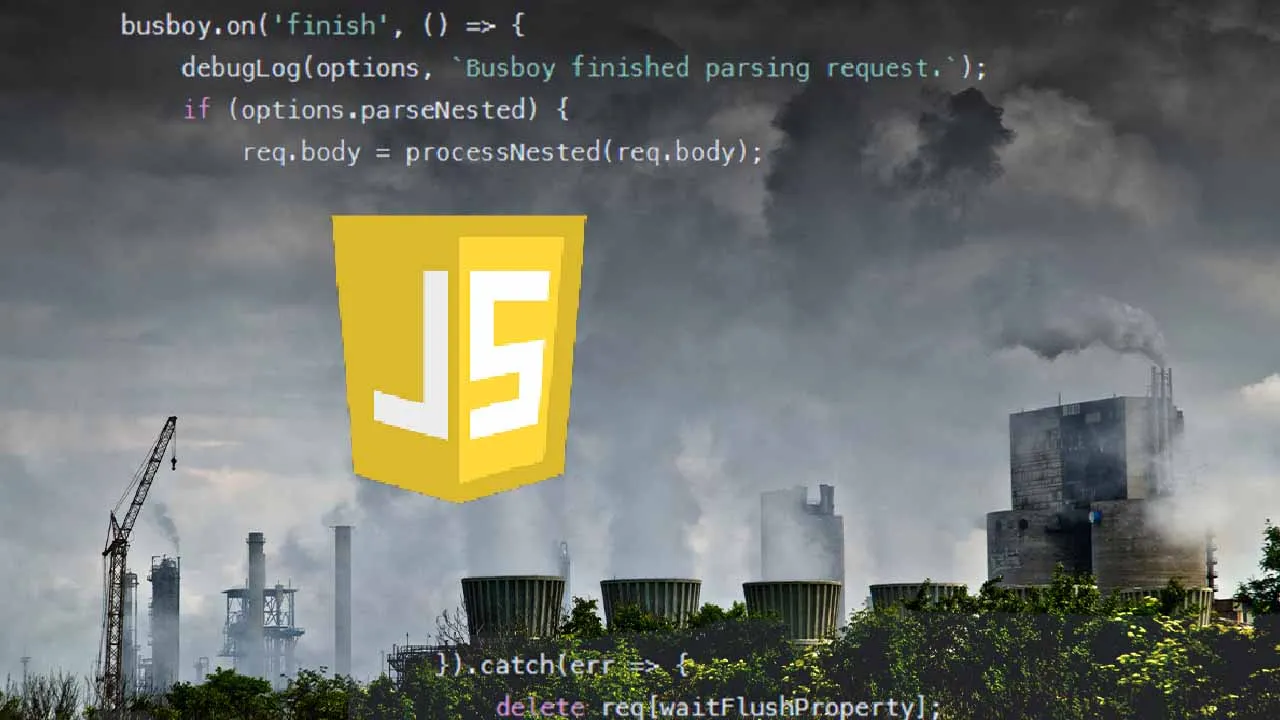If you follow the reports of researchers who participate in bug bounty programs, you probably know about the category of JavaScript prototype pollution vulnerabilities. And if you do not follow and see this phrase for the first time, then I suggest you to close this gap because this vulnerability can lead to a complete compromise of the server and the client. Chances are that at least one of products you use or develop runs on JavaScript: the client part of the web application, desktop (Electron), server (NodeJS) or mobile application.
This article will help you dive into the topic of prototype pollution. In the sections JavaScript features and What is prototype pollution? you will learn how JavaScript objects and prototypes work and how the specifics of their functioning can lead to vulnerabilities. In the sections Client-side prototype pollution and Server-side prototype pollution you will learn how to search for and exploit this vulnerability in real-world cases. Finally, you will learn how to protect your applications and why the most common method of protection can be easily circumvented.
Before proceeding to the next sections, I suggest that you open the developer tools and try out the examples given with your own hands in the course of the article, in order to gain some practical experience and a deeper understanding of the material.
JavaScript features
The prototype pollution vulnerability is unique to the JavaScript language. Therefore, before dealing with the vulnerability itself, we need to understand the features of JavaScript that lead to it.
#javascript #bug-bounty
